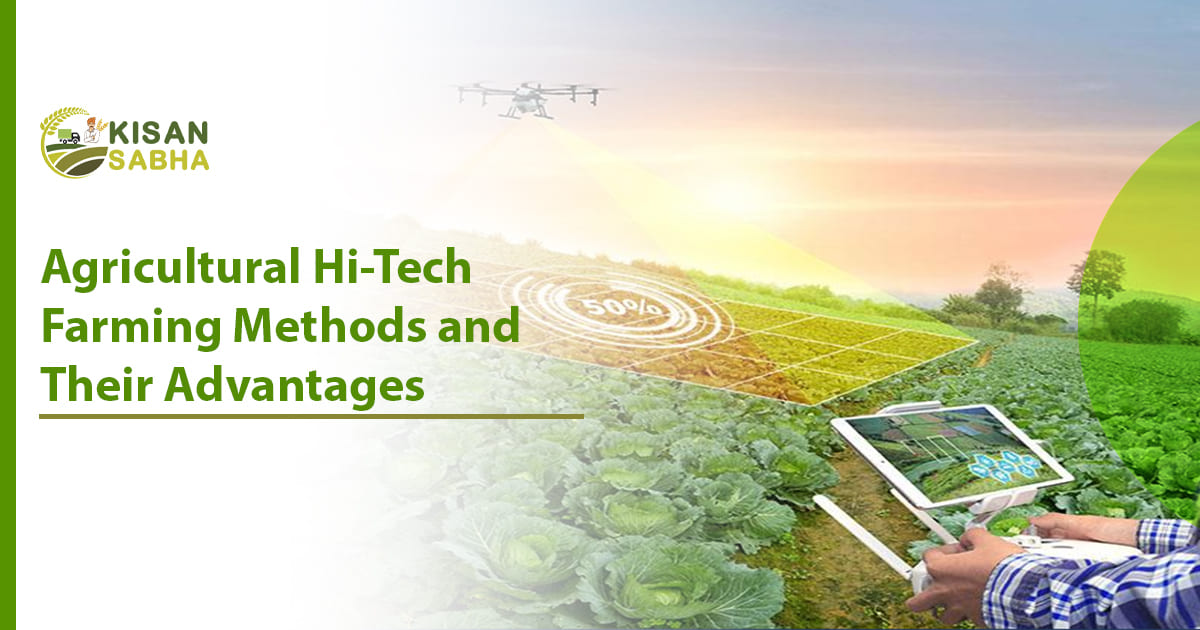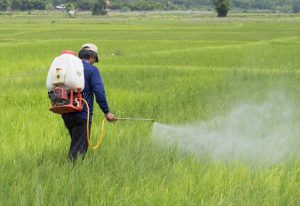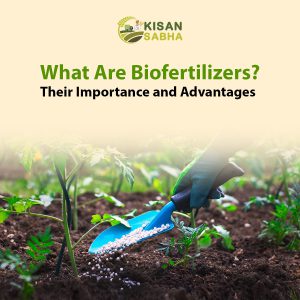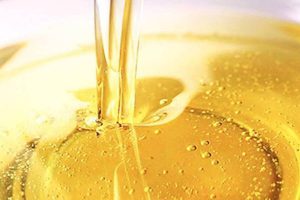Agriculture has come a long way since its humble beginnings, evolving into a technologically advanced industry redefining how we produce food. Hi-tech farming methods, also known as precision farming or smart agriculture, leverage cutting-edge technologies to optimize agricultural practices, improve productivity, and enhance sustainability. These innovations encompass a wide range of techniques, including the use of drones, sensors, artificial intelligence, genetic engineering, and data analytics. In this article, we will explore some of the most prominent hi-tech farming methods and delve into the advantages they offer to modern agriculture.
Drones in Agriculture:
Drones, also known as unmanned aerial vehicles (UAVs), have found valuable applications in agriculture. However, equipped with various sensors and cameras, drones provide real-time aerial imagery and data, aiding farmers in several essential tasks:
- Crop Monitoring:- Drones can survey vast areas of farmland quickly and efficiently. They capture high-resolution images that help identify crop health, growth patterns, and potential pest infestations or nutrient deficiencies.
- Precision Spraying:- With the data collected from crop monitoring, drones can be programmed to precisely target areas requiring pesticide or fertilizer application. This targeted approach reduces chemical usage, minimizes environmental impact, and saves costs.
- Irrigation Management:- Drones equipped with thermal sensors can identify moisture-stress areas, allowing farmers to optimize irrigation practices and conserve water.
- Crop Health Assessment:- By utilizing multispectral and hyperspectral imaging, drones can detect early signs of diseases or stress in crops, enabling timely interventions to prevent yield loss.
Advantages:
- Improved crop monitoring and early detection of issues lead to higher yields and better crop quality.
- Precision spraying reduces chemical wastage, promoting environmental sustainability.
- Time and labor savings due to efficient aerial data collection and analysis.
- Drones can access remote or challenging terrains, which expands their application in agriculture.
Internet of Things (IoT) in Agriculture:
The Internet of Things (IoT) refers to the interconnection of devices and sensors that can collect and exchange data over the Internet. However,in agriculture, IoT plays a vital role in gathering real-time data from fields and livestock, enabling farmers to make informed decisions. Some key applications of IoT in agriculture include:
- Smart Irrigation Systems:- IoT-enabled sensors monitor soil moisture levels and weather conditions, automatically adjusting irrigation schedules to optimize water usage.
- Livestock Monitoring:- IoT sensors track the health and behavior of livestock, providing insights into their well-being and identifying potential health issues.
- Environmental Monitoring:- IoT devices measure environmental parameters such as temperature, humidity, and air quality, aiding in climate control within greenhouses and indoor farms.
- Asset Tracking:- IoT technology can help farmers keep track of agricultural equipment and livestock, minimizing losses and theft.
Advantages:
- Optimized water usage through smart irrigation systems promotes water conservation.
- Improved livestock management leads to better health and productivity.
- Real-time environmental monitoring enhances crop and livestock performance.
- Asset tracking reduces losses and improves operational efficiency.
Also Read:- Empowering Rural India: The Impact of Agriculture Startups
Artificial Intelligence (AI) and Machine Learning in Agriculture:
Artificial Intelligence (AI) and Machine Learning (ML) are revolutionizing agriculture by enabling data-driven decision-making and predictive analytics. These technologies process vast amounts of agricultural data to deliver insights and recommendations. Key applications include:
- Crop Yield Prediction:- AI and ML algorithms analyze historical data, weather patterns, and crop conditions to predict future yields accurately. This information helps farmers plan logistics and make marketing decisions.
- Pest and Disease Detection:- AI-powered image recognition systems can identify pests, diseases, and nutrient deficiencies in crops, enabling targeted interventions.
- Automated Machinery:- AI-driven autonomous machinery, such as robotic harvesters and weeders, streamline labor-intensive tasks and reduce human error.
Advantages:
- Accurate yield predictions facilitate better resource planning and risk management.
- Early pest and disease detection aids in timely interventions and reduces crop losses.
- Autonomous machinery improves efficiency and reduces the need for manual labor.
- AI-driven optimization enhances overall farm productivity and profitability.
Vertical Farming and Hydroponics:
Vertical farming involves growing crops in stacked layers, often indoors, with controlled environmental conditions such as light, temperature, and humidity. However, hydroponics, a subset of vertical farming, is a method where plants grow without soil, with their roots submerged in nutrient-rich water.
Advantages:
- Vertical farming maximizes space utilization, also making it suitable for urban environments with limited land availability.
- Controlled environments enable year-round crop production, which also helps in reducing dependence on seasonal variations.
- Hydroponics uses less water compared to traditional soil-based farming, contributing to water conservation.
- Vertical farms can also be located closer to urban centers, reducing transportation costs and carbon emissions.
Conclusion
Advanced farming technologies mark a significant shift in agriculture, empowering farmers to tackle the hurdles posed by population growth, climate change, and resource scarcity. Technologies such as drones, IoT, AI, and vertical farming are pivotal in enhancing agricultural processes.
Embracing these advancements can lead to increased efficiency, minimized environmental footprint, and higher crop yields, fostering food security and sustainability. Yet, it’s crucial to weigh the adoption of these technologies against ethical and environmental considerations, ensuring that agriculture continues to benefit both farmers and consumers responsibly.





